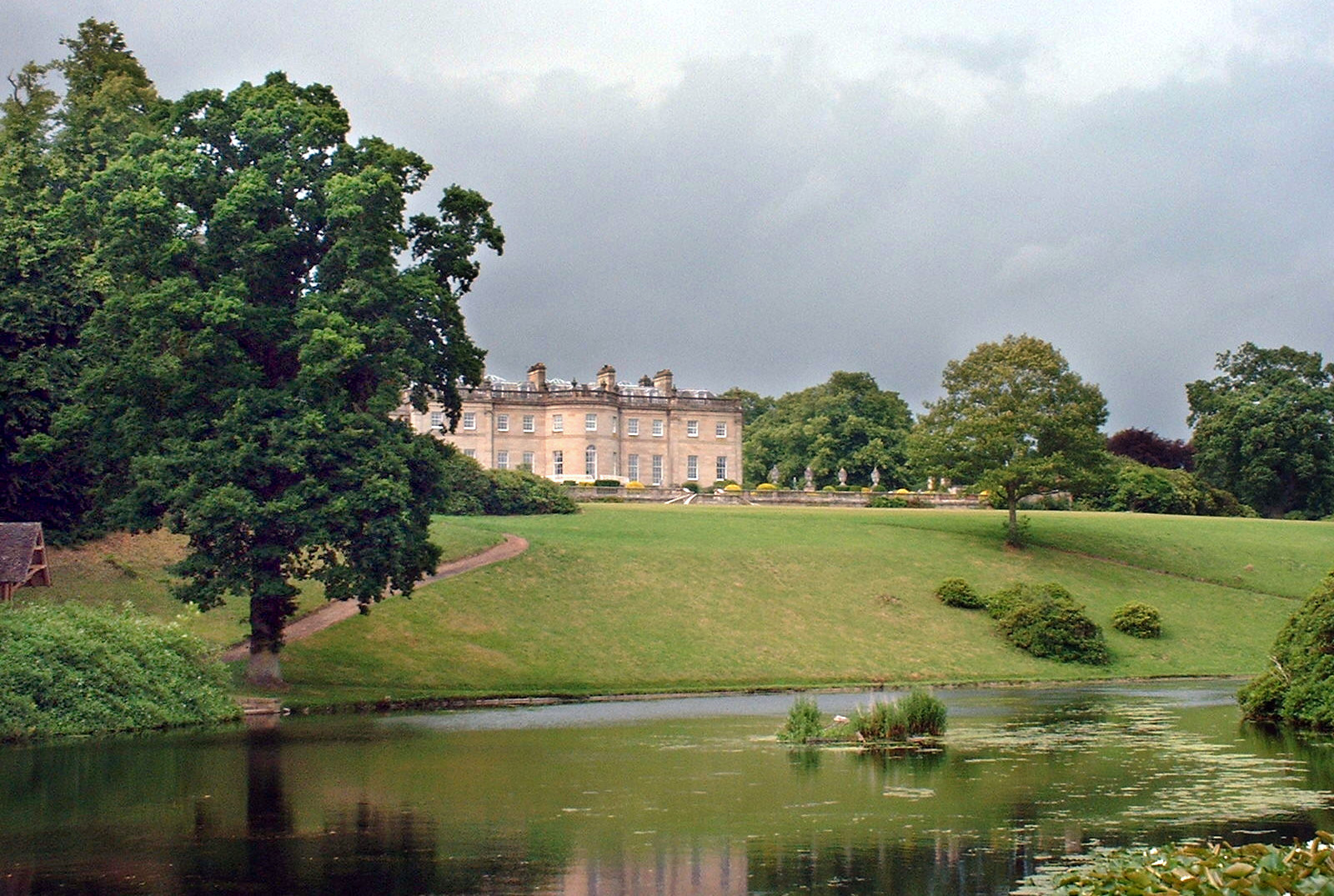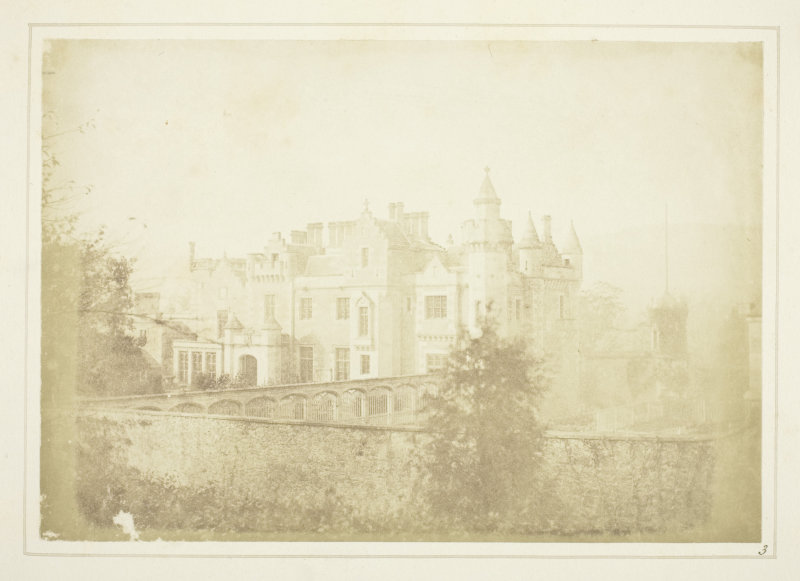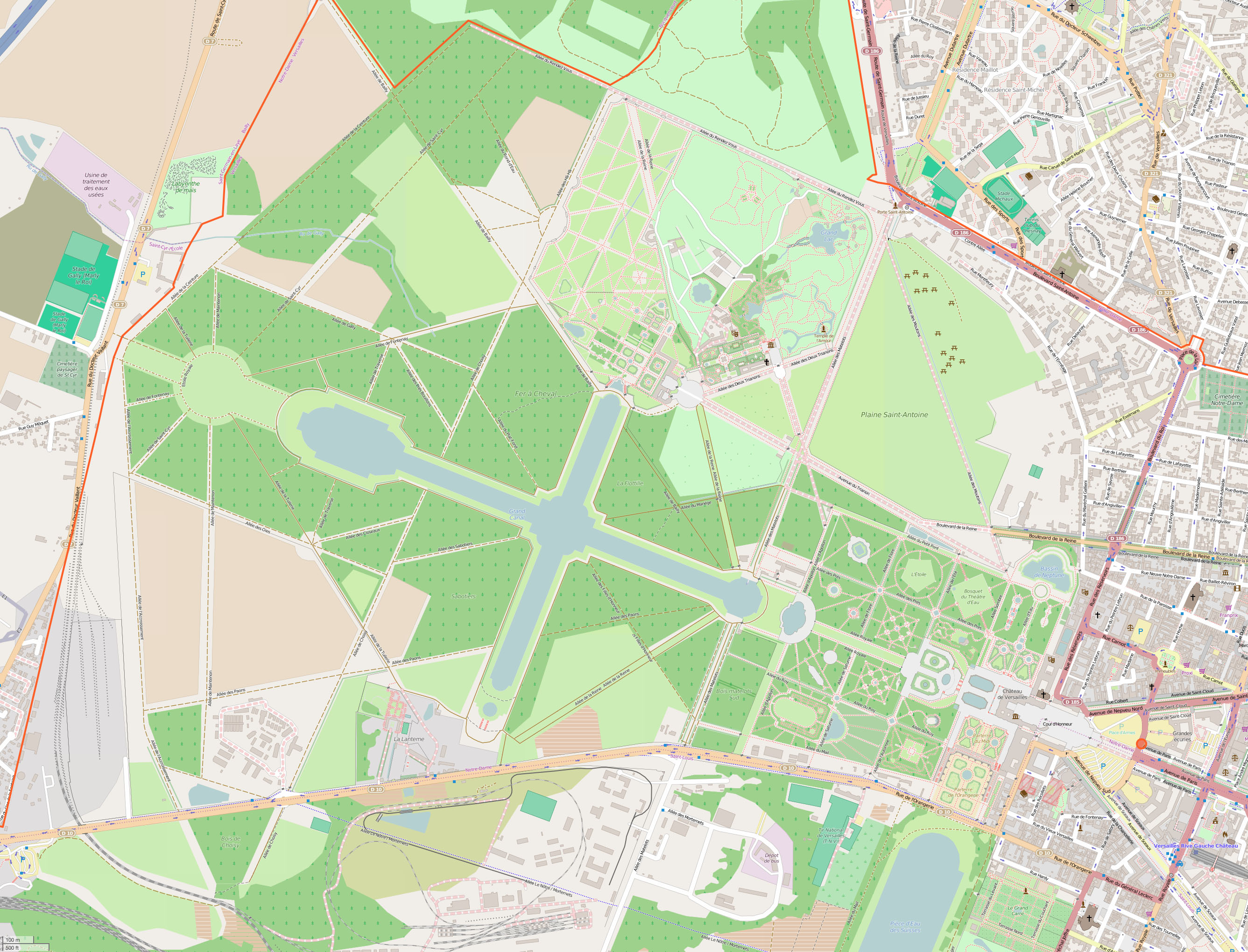|
Estate Houses In Scotland
Estate houses in Scotland or Scottish country houses, are large houses usually on landed estates in Scotland. They were built from the sixteenth century, after defensive castles began to be replaced by more comfortable residences for royalty, nobility and local lairds. The origins of Scottish estate houses are in aristocratic emulation of the extensive building and rebuilding of royal residences, beginning with Linlithgow, under the influence of Renaissance architecture. In the 1560s the unique Scottish style of the Scots baronial emerged, which combined features from medieval castles, tower houses, and peel towers with Renaissance plans, in houses designed primarily for residence rather than defence. After the Restoration (1660) the work of architect Sir William Bruce introduced to Scotland a new phase of classicising architecture, in the shape of royal palaces and estate houses incorporating elements of the Palladian style. In the eighteenth century Scotland produced some of t ... [...More Info...] [...Related Items...] OR: [Wikipedia] [Google] [Baidu] |
Manderston House 2005
Manderston House, Duns, Berwickshire, Scotland, is the home of The Rt Hon. The 4th Baron Palmer. It was completely rebuilt between 1901 and 1903 and has sumptuous interiors with a silver-plated staircase. The proprietor, Sir James Miller, 2nd Baronet (1864–1906), told the architect, John Kinross, that there was no budget: "It doesn't matter". The house is a Category A listed building and the surrounding area, which includes the farm complex at Buxley, is listed in the Inventory of Gardens and Designed Landscapes in Scotland. Origins Manderston was an estate of the powerful Hume family, and their tower house appears on General Roy's map of 1750. Alexander Hume, of Manderston, ''de jure'' 5th Earl of Dunbar (1651–1720), seems to be the last member of this family who owned the estate. On 14 October 1689, King William III & II confirmed the Earldom of Dunbar to him, exemplifying the previous confirmation thereof by King Charles II. The estate was later owned for a shor ... [...More Info...] [...Related Items...] OR: [Wikipedia] [Google] [Baidu] |
Abbotsford House
Abbotsford is a historic country house in the Scottish Borders, near Galashiels, on the south bank of the River Tweed. Now open to the public, it was built as the residence of historical novelist and poet Sir Walter Scott between 1817 and 1825. It is a Category A Listed Building and the estate is listed in the Inventory of Gardens and Designed Landscapes in Scotland. Description The nucleus of the estate was a small farm of , called Cartleyhole, nicknamed Clarty (i.e., muddy) Hole, and was bought by Scott on the lapse of his lease (1811) of the neighbouring house of Ashestiel. Scott renamed it "Abbotsford" after a neighbouring ford used by the monks of Melrose Abbey. Following a modest enlargement of the original farmhouse in 1811–12, massive expansions took place in 1816–19 and 1822–24. In this mansion Scott gathered a large library, a collection of ancient furniture, arms and armour, and other relics and curiosities especially connected with Scottish history, notably ... [...More Info...] [...Related Items...] OR: [Wikipedia] [Google] [Baidu] |
English Landscape Garden
The English landscape garden, also called English landscape park or simply the English garden (french: Jardin à l'anglaise, it, Giardino all'inglese, german: Englischer Landschaftsgarten, pt, Jardim inglês, es, Jardín inglés), is a style of "landscape" garden which emerged in England in the early 18th century, and spread across Europe, replacing the more formal, symmetrical French formal garden which had emerged in the 17th century as the principal gardening style of Europe. The English garden presented an idealized view of nature. Created and pioneered by William Kent and others, the “informal” garden style originated as a revolt against the architectural garden and drew inspiration from paintings of landscapes by Salvator Rosa, Claude Lorrain, and Nicolas Poussin.Bris, Michel Le. 1981. ''Romantics and Romanticism.'' Skira/Rizzoli International Publications, Inc. New York 1981. 215 pp. age 17Tomam, Rolf, editor. 2000. ''Neoclassicism and Romanticism: Architecture, ... [...More Info...] [...Related Items...] OR: [Wikipedia] [Google] [Baidu] |
Dutch Garden
Dutch garden refers firstly to gardens in the Netherlands, but also, mainly in the English-speaking countries, to various types of gardens traditionally considered to be in a Dutch style, a presumption that has been much disputed by garden historians in recent decades. Historically gardens in the Netherlands have generally followed trends from neighbouring countries, but from the Early Modern period, Dutch gardens were distinctive for the wider range of plants available over the rest of Europe north of the Alps, and an emphasis on individual specimen plants, often sparsely planted in a bed. In the 17th century and into the 18th, the Dutch dominated the publishing of botanical books, and established the very strong position in the breeding and growing of garden plants, which they still retain. They were perhaps also distinguished by their efficient use of space, and in large examples, the use of topiary (sculptured bushes and trees) and small "canals", long thin, rectangular artifi ... [...More Info...] [...Related Items...] OR: [Wikipedia] [Google] [Baidu] |
Gardens Of Versailles
The Gardens of Versailles (french: Jardins du château de Versailles ) occupy part of what was once the ''Domaine royal de Versailles'', the royal demesne of the château of Versailles. Situated to the west of the palace, the gardens cover some 800 hectares of land, much of which is landscaped in the classic French formal garden style perfected here by André Le Nôtre. Beyond the surrounding belt of woodland, the gardens are bordered by the urban areas of Versailles to the east and Le Chesnay to the north-east, by the National Arboretum de Chèvreloup to the north, the Versailles plain (a protected wildlife preserve) to the west, and by the Satory Forest to the south. Administered by the Public Establishment of the Palace, Museum and National Estate of Versailles, an autonomous public entity operating under the aegis of the French Ministry of Culture, the gardens are now one of the most visited public sites in France, receiving more than six million visitors a year. In addi ... [...More Info...] [...Related Items...] OR: [Wikipedia] [Google] [Baidu] |
Formal Garden
A formal garden is a garden with a clear structure, geometric shapes and in most cases a symmetrical layout. Its origin goes back to the gardens which are located in the desert areas of Western Asia and are protected by walls. The style of a formal garden is reflected in the Persian gardens of Iran, and the monastic gardens from the Late Middle Ages. It has found its continuation in the Italian Renaissance gardens and has culminated in the French formal gardens from the Baroque period. Through its design, the garden conveys a sense of established order and transparency to the observer. In garden design, the formal garden is said to be the opposite to the landscape garden, which follows nature and which came into fashion in the 18th century. Distinguishing features A typical feature of formal gardens is the axial and symmetrical arrangement of pathways and beds. Both of these elements are typically enclosed, for example with low box hedges or flower borders. The garden itself i ... [...More Info...] [...Related Items...] OR: [Wikipedia] [Google] [Baidu] |
Italian Renaissance Garden
The Italian Renaissance garden was a new style of garden which emerged in the late 15th century at villas in Rome and Florence, inspired by classical ideals of order and beauty, and intended for the pleasure of the view of the garden and the landscape beyond, for contemplation, and for the enjoyment of the sights, sounds and smells of the garden itself. In the late Renaissance, the gardens became larger, grander and more symmetrical, and were filled with fountains, statues, grottoes, water organs and other features designed to delight their owners and amuse and impress visitors. The style was imitated throughout Europe, influencing the gardens of the French Renaissance, the English knot garden, and the French formal garden style developed in the 17th century. Background Prior to the Italian Renaissance, Italian Medieval gardens were enclosed by walls, and were devoted to growing vegetables, fruits and Medicinal plants, medicinal herbs, or, in the case of monastic gardens, for sil ... [...More Info...] [...Related Items...] OR: [Wikipedia] [Google] [Baidu] |
Adam Style
The Adam style (or Adamesque and "Style of the Brothers Adam") is an 18th-century neoclassical style of interior design and architecture, as practised by Scottish architect William Adam and his sons, of whom Robert (1728–1792) and James (1732–1794) were the most widely known. The Adam brothers advocated an integrated style for architecture and interiors, with walls, ceilings, fireplaces, furniture, fixtures, fittings and carpets all being designed by the Adams as a single uniform scheme. Commonly and mistakenly known as "Adams Style", the proper term for this style of architecture and furniture is the "Style of the Adam Brothers". The ''Adam style'' found its niche from the late 1760s in upper-class and middle-class residences in 18th-century England, Scotland, Russia (where it was introduced by Scottish architect Charles Cameron), and post- Revolutionary War United States (where it became known as Federal style and took on a variation of its own). The style was superse ... [...More Info...] [...Related Items...] OR: [Wikipedia] [Google] [Baidu] |
Grand Tour
The Grand Tour was the principally 17th- to early 19th-century custom of a traditional trip through Europe, with Italy as a key destination, undertaken by upper-class young European men of sufficient means and rank (typically accompanied by a tutor or family member) when they had come of age (about 21 years old). The custom—which flourished from about 1660 until the advent of large-scale rail transport in the 1840s and was associated with a standard itinerary—served as an educational rite of passage. Though it was primarily associated with the British nobility and wealthy landed gentry, similar trips were made by wealthy young men of other Protestant Northern European nations, and, from the second half of the 18th century, by some South and North Americans. By the mid-18th century, the Grand Tour had become a regular feature of aristocratic education in Central Europe as well, although it was restricted to the higher nobility. The tradition declined in Europe as enthusiasm fo ... [...More Info...] [...Related Items...] OR: [Wikipedia] [Google] [Baidu] |
Royal Court Of Scotland
The Royal Court of Scotland was the administrative, political and artistic centre of the Kingdom of Scotland. It emerged in the tenth century and continued until it ceased to function when James VI inherited the throne of England in 1603. For most of the medieval era, the king had no "capital" as such. The Pictish centre of Forteviot was the chief royal seat of the early Gaelic Kingdom of Alba that became the Kingdom of Scotland. In the twelfth and thirteenth centuries Scone was a centre for royal business. Edinburgh only began to emerge as the capital in the reign of James III but his successors undertook occasional royal progress to a part of the kingdom. Little is known about the structure of the Scottish royal court in the period before the reign of David I when it began to take on a distinctly feudal character, with the major offices of the Steward, Chamberlain, Constable, Marischal and Lord Chancellor. By the early modern era the court consisted of leading nobles, office ... [...More Info...] [...Related Items...] OR: [Wikipedia] [Google] [Baidu] |
Reformation In Scotland
The Scottish Reformation was the process by which Scotland broke with the Papacy and developed a predominantly Calvinist national Kirk (church), which was strongly Presbyterian in its outlook. It was part of the wider European Protestant Reformation that took place from the sixteenth century. From the late fifteenth century the ideas of Renaissance humanism, critical of aspects of the established Catholic Church, began to reach Scotland, particularly through contacts between Scottish and continental scholars. In the earlier part of the sixteenth century, the teachings of Martin Luther began to influence Scotland. Particularly important was the work of the Lutheran Scot Patrick Hamilton, who was executed in 1528. Unlike his uncle Henry VIII in England, James V avoided major structural and theological changes to the church and used it as a source of income and for appointments for his illegitimate children and favourites. His death in 1542 left the infant Mary, Queen of Scots ... [...More Info...] [...Related Items...] OR: [Wikipedia] [Google] [Baidu] |
Historic Scotland
Historic Scotland ( gd, Alba Aosmhor) was an executive agency of the Scottish Office and later the Scottish Government from 1991 to 2015, responsible for safeguarding Scotland's built heritage, and promoting its understanding and enjoyment. Under the terms of a Bill of the Scottish Parliament published on 3 March 2014, Historic Scotland was dissolved and its functions were transferred to Historic Environment Scotland (HES) on 1 October 2015. HES also took over the functions of the Royal Commission on the Ancient and Historical Monuments of Scotland. Role Historic Scotland was a successor organisation to the Ancient Monuments Division of the Ministry of Works and the Scottish Development Department. It was created as an agency in 1991 and was attached to the Scottish Executive Education Department, which embraces all aspects of the cultural heritage, in May 1999. As part of the Scottish Government, Historic Scotland was directly accountable to the Scottish Ministers. In 2 ... [...More Info...] [...Related Items...] OR: [Wikipedia] [Google] [Baidu] |



.jpg)







